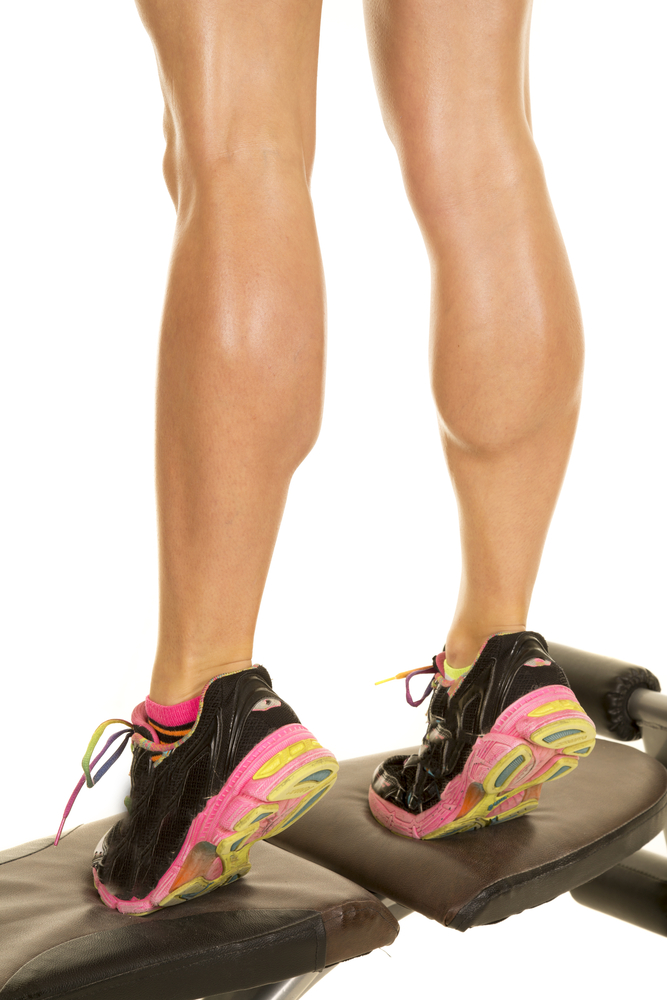To CrossFit or not to CrossFit?
 That is the question that regularly pops up during our Physiotherapy sessions from clients.
That is the question that regularly pops up during our Physiotherapy sessions from clients.
CrossFit (CF) is a workout methodology created by former gymnast Greg Glassman in 2001. It consists of a variety of exercises such as Olympic-like lifts, cardio training and multi-joint movements (like box jumps, pull-ups and jumping rope). This method of training and community has exploded worldwide over the last ten years and definitely in the last 5 in Singapore. This can be reflected by the amounts of CF ‘boxes’ which have propped up in Singapore and a number of people we encounter in the clinic who are now doing CF. Read more




